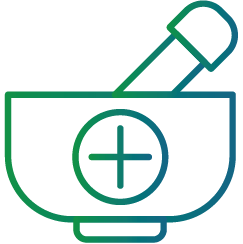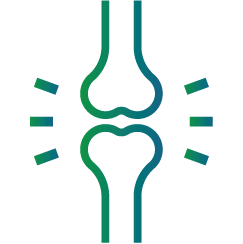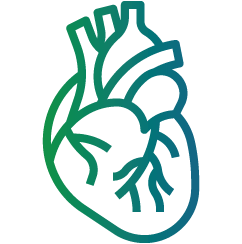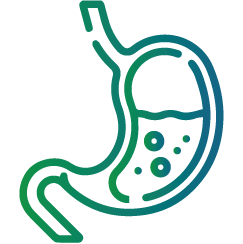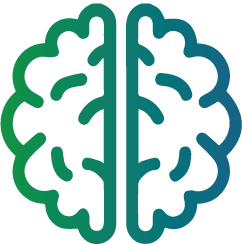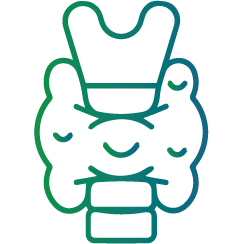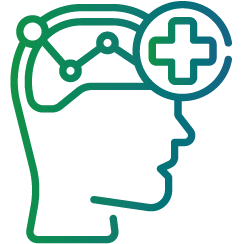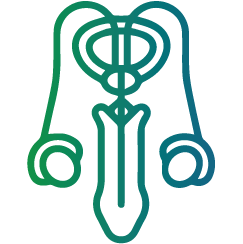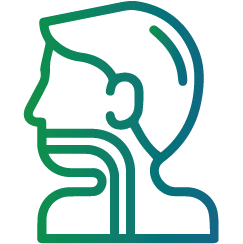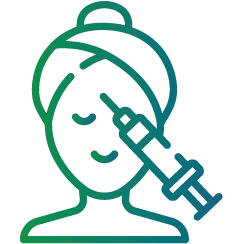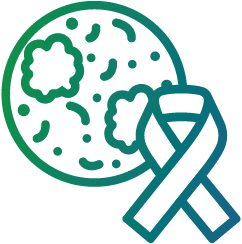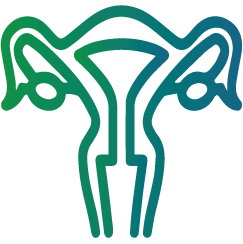Varicose veins, enlarged and twisted veins that often appear in the legs, are a common condition, especially in adults. They develop when the valves in the veins weaken or fail, causing blood to pool and veins to enlarge. While they are typically harmless, they can lead to discomfort and, in some cases, more severe complications.
Symptoms include visible, bulging veins, aching or throbbing pain, and swelling. Factors contributing to varicose veins include genetics, age, prolonged standing or sitting, and hormonal changes. Pregnant women are also more susceptible.
Managing varicose veins involves lifestyle changes, such as regular exercise, elevating the legs, and wearing compression stockings. In more severe cases, medical interventions like laser therapy or vein-stripping surgery may be recommended.
Prevention is key. Maintain a healthy weight, exercise regularly, and avoid prolonged periods of sitting or standing. If you experience symptoms, consult a healthcare professional for personalized advice.
Understanding varicose veins empowers individuals to take proactive steps toward relief and prevention. Embracing a healthy lifestyle and seeking medical guidance when needed can significantly improve overall vein health.


